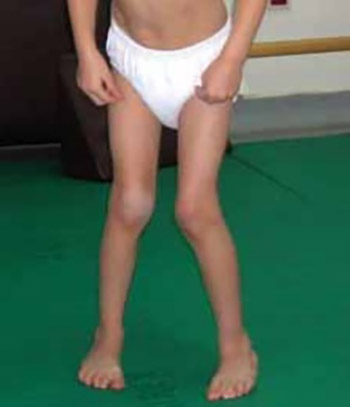Treatment of the Spasticity in Children with Cerebral Palsy
DOI:
https://doi.org/10.17305/bjbms.2007.3028Keywords:
Botulinum toxin, cerebral palsy, spasticity, treatmentAbstract
Botulinum toxin is a natural purified protein and one of the strongest biological poisons - neurotoxin. It is produced by the bacterium Clostridium botulinum. Its medical usage started in USA in 1981 and in Europe in 1992. There are seven different immune types of the toxin: A, B, C1, D, E, F and G. Toxin types A and B are used to decrease muscular spasticity. Botulinum toxin prevents the formation of acetylcholine from cholinergic nerve tissues in muscles, which in the end irreversibly destroys neuromuscular synapses. It is called temporary local chemodenervation. It does not affect the synthesis of acetylcholine.
As it affects neuromuscular bond it also affects one of the symptoms of cerebral palsy - spasticity Decreasing the spasticity of children with cerebral palsy leads to the improvement of conscious movements, muscles are less toned, passive mobility is improved, orthosis tolerance is also improved, and the child is enabled to perform easier and better motor functions such as crawling, standing and walking. Since the action of Botulinum toxin is limited to 2-6 months, new neural collaterals are formed and neuromuscular conductivity is reestablished which in the end once again develops a muscular spasm. This leads to a conclusion that botulinum toxin should again be applied into spastic muscles.
It is very important for good effect of Botulinum toxin to set the goals of the therapy in advance. The goals include improvement of a function, prevention of contractions and deformities, ease of care and decrease of pain for children with cerebral palsy. After application of botulinum toxin, it is necessary to perform adequate and intensive physical treatment with regular monitoring of effects.
This work shows a case of a boy with spastic form of cerebral palsy. After being habilitated using Vojta therapy and Bobath concept and the conduct of certain physical procedures, botulinum toxin is administered into his lower limbs’ muscles and kinezitherapy intensified. After the administration of botulinum toxin significant functional improvement is noted.
Citations
Downloads

Downloads
Published
Issue
Section
Categories
How to Cite
Accepted 2018-01-19
Published 2008-11-20









